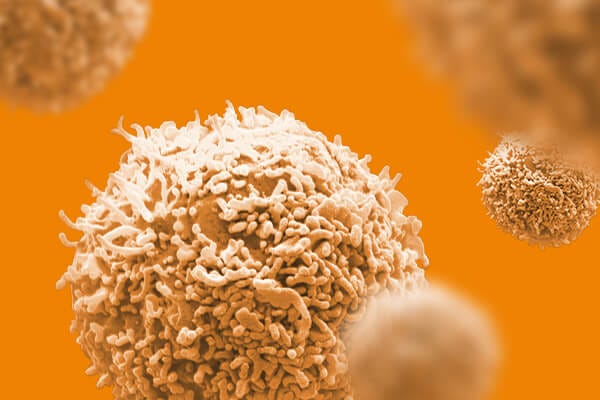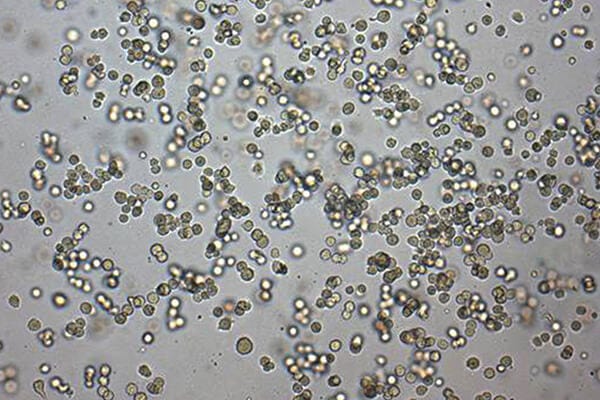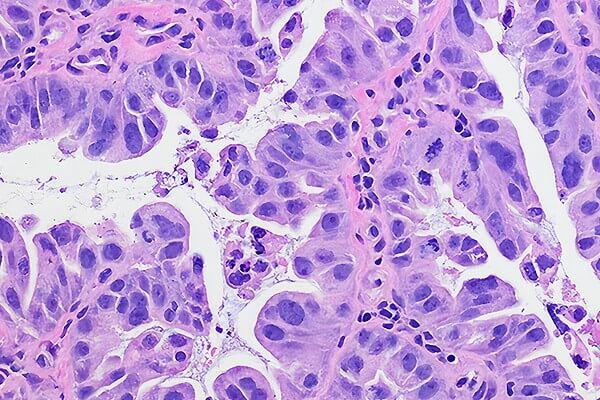BACKGROUND Cell-based therapy shows promise in treating peripheral arterial disease (PAD); however,the optimal cell type and long-term efficacy are unknown. In this study,we identified a novel subpopulation of adult progenitor cells positive for CD34 and M-cadherin (CD34/M-cad BMCs) in mouse and human bone marrow. We also examined the long-lasting therapeutic efficacy of mouse CD34/M-cad BMCs in restoring blood flow and promoting vascularization in an atherosclerotic mouse model of PAD. METHODS AND FINDINGS Colony-forming cell assays and flow cytometry analysis showed that CD34/M-cad BMCs have hematopoietic progenitor properties. When delivered intra-arterially into the ischemic hindlimbs of ApoE/ mice,CD34/M-cad BMCs alleviated ischemia and significantly improved blood flow compared with CD34/M-cad BMCs,CD34/M-cad BMCs,or unselected BMCs. Significantly more arterioles were seen in CD34/M-cad cell-treated limbs than in any other treatment group 60 days after cell therapy. Furthermore,histologic assessment and morphometric analyses of hindlimbs treated with GFP CD34/M-cad cells showed that injected cells incorporated into solid tissue structures at 21 days. Confocal microscopic examination of GFP CD34/M-cad cell-treated ischemic legs followed by immunostaining indicated the vascular differentiation of CD34/M-cad progenitor cells. A cytokine antibody array revealed that CD34/M-cad cell-conditioned medium contained higher levels of cytokines in a unique pattern,including bFGF,CRG-2,EGF,Flt-3 ligand,IGF-1,SDF-1,and VEGFR-3,than did CD34/M-cad cell-conditioned medium. The proangiogenic cytokines secreted by CD34/M-cad cells induced oxygen- and nutrient-depleted endothelial cell sprouting significantly better than CD34/M-cad cells during hypoxia. CONCLUSION CD34/M-cad BMCs represent a new progenitor cell type that effectively alleviates hindlimb ischemia in ApoE/ mice by consistently improving blood flow and promoting arteriogenesis. Additionally,CD34/M-cad BMCs contribute to microvascular remodeling by differentiating into vascular cells and releasing proangiogenic cytokines and growth factors.
View Publication


 EasySep™小鼠TIL(CD45)正选试剂盒
EasySep™小鼠TIL(CD45)正选试剂盒





 沪公网安备31010102008431号
沪公网安备31010102008431号